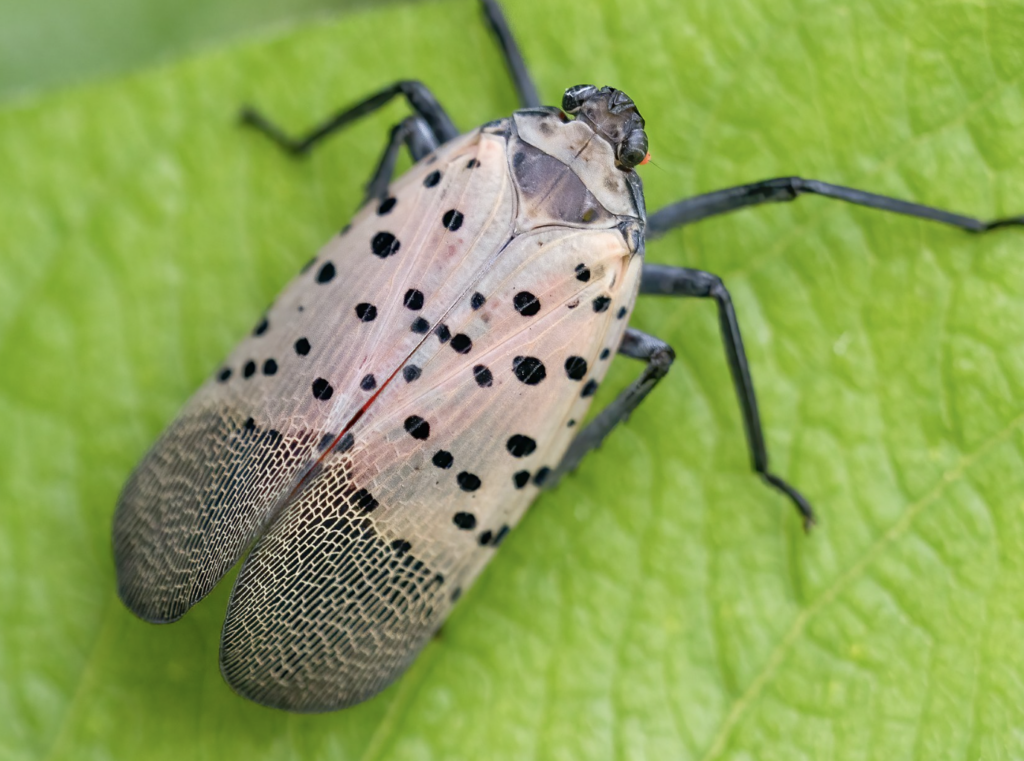The One Bug Threatening The Entire Existence of Vineyards In The United States
The spotted lanternfly is an extremely destructive insect, native to Asia, that has the propensity to devastate vineyards and fruit farms nationwide with the mold-producing sap that it secretes.
This article is more than 2 years old
The spotted lanternfly is an evasive species that is posing a massive threat to fruit farmers and vineyard owners across the United States. Since invading the US, this species is most notable for feeding on grapes and vineyard owners are preparing for the worst as the bug continues to take over. The threat this species poses to the industry is too great to be ignored.
The spotted lanternfly is natively found in China and parts of Japan, Taiwan, Vietnam, and India. The pesky bug was originally discovered in the United States in 2014 in the state of Pennsylvania. Ten years prior to that, it was declared an invasive species by the South Korean government.
It is thought that the bug made its way to the United States, from China, as a giant egg mass that was attached to a stone shipment. Despite the name lanternfly, the bug does not fly and is not a fly at all. It is a planthopper and can jump up to three meters. The spotted lanternfly is classified in the same category as cicadas, tree bugs, and aphids.
The bug is known to feed on a number of different plants including, but not limited to, grapes and vines, almond trees, and sumac. The pest also leaves behind a sticky sap called honeydew, which causes black mold to grow and attracts flies and other insects. In return, this causes damage to crops and the production that comes from these crops.

Source: Wikipedia
The spotted lanternfly will latch onto a plant with its straw-like mouth and completely deplete sap from the trunk, leaves, and stems, only to leave behind the honeydew residue that it secretes. Once the plant is covered in mold, the photosynthesis process that a plant needs to thrive, cannot happen. This damage is sometimes irreversible and also has an impact on the next season’s crops. This leaves vineyards at a complete loss.
The spotted lanternfly lays egg masses that contain 30-50 eggs, which can be found from September to June. These masses can even withstand winter weather while the adults die off in the winter. The egg masses look like a smear of mud, typically about an inch long, and hatch in the spring. These egg masses are especially a concern as they can go undetected and can be transported to other parts of the country.
Farmers are utilizing different methods to tackle this pesky problem. A good old fashion squish to kill the bugs, submerging the egg masses in alcohol, using pesticides, and even trying to add in natural predators of the spotted lanternfly are just some methods farmers are using to defend their crops. Despite efforts, the spotted lanternfly continues to thrive and spread.
Currently, the east coast vineyards are feeling the greatest impact from the spotted lanternfly. The bug has been reported in 14 different states and is expected to reach the west coast by 2027. Vineyard owners are definitely on high alert as this species continues to take over.





